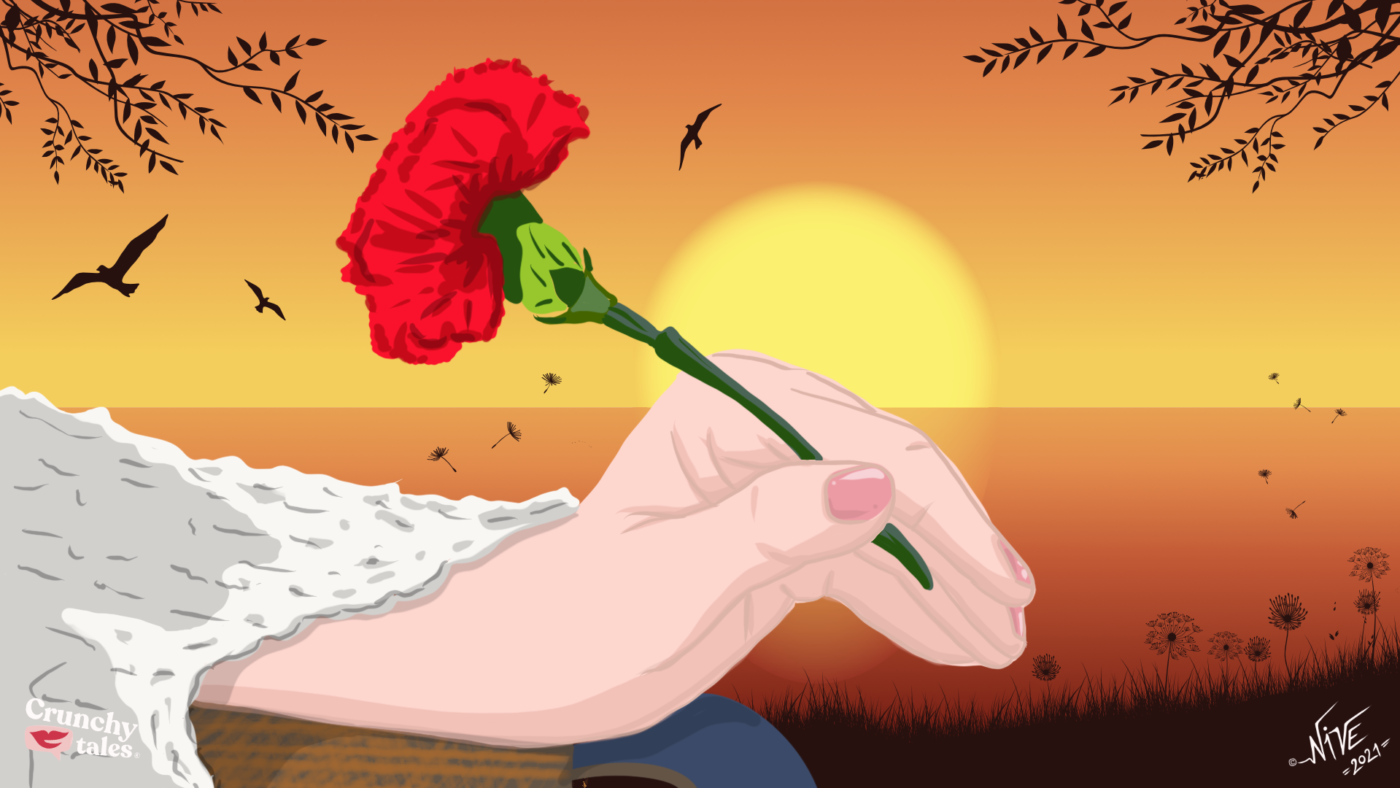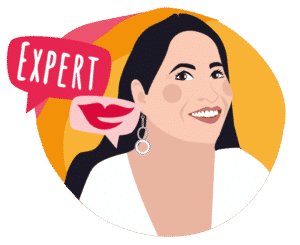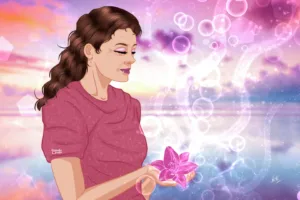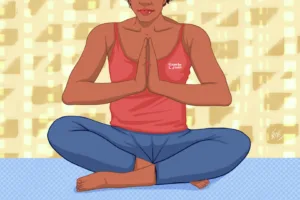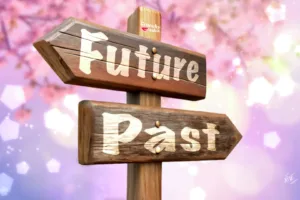Life After A Loss: Basic Steps For Coping With Widowhood
Becoming a widow is a deeply emotional and stressful time for a woman. No matter whether she had time to prepare for her partner’s death or her spouse passed away suddenly; grieving is always hard. And it’s not linear.
According to Swiss-American psychiatrist, Elizabeth Kubler-Ross, author of the best-selling books ‘On Death and Dying‘ and ‘On Grief & Grieving: Finding the Meaning of Grief Through the Five Stages of Loss‘, the five stages most commonly observed in those who are dying – denial, anger, bargaining, depression and acceptance – can be applied to those ones who are grieving, too.
Not everyone goes through all of those stages or in a prescribed order, though, and there is no right or wrong way to work through one’s grief, as it is a process as unique as we are. However, there are steps that people can take to come to terms with the heartache and intense feelings of emptiness and allow their lives to move on.
The ‘Ball in a Box’
There are many different ways to explain and understand the process of grief and pain that comes along in life. The ‘ball in a box‘ analogy shared by Lauren Herschel – which became viral on social media- is one of those.
Imagine a picture of a square (life), with a ball (grief) in it and a button (pain) below. In the beginning, the ball is huge and you cannot move without the ball hitting the button. You cannot control it; it just keeps hurting. Over time, however, as life moves after years of loss, the ball starts to shrink. You still go through life and the grief ball still rattles around inside the box occasionally, but because It has gotten smaller, it hits the pain button a little less.
Widows I have interviewed, who are at different stages in their grieving process, can easily relate to the pain button being randomly pressed. Triggers are not predictable. But there are ways to get support. No one needs to suffer alone. There are multiple online and in-person bereavement groups, for instance.
Psychologist Dr Nicole Cutts admonishes widows not to expect their process of grieving to look like other people’s.
Allow yourself as much space and time as you need to grieve- she suggests. – I highly recommend having a consultation with a therapist who specializes in this area and joining support/therapy groups that help people to deal with grief. You don’t need to figure it out on your own.
The healing toolbox
Susan Hannifin-MacNab, a social worker, author and educator based in San Diego, lost her husband suddenly, leaving her to pick up the pieces of her young family’s life. After processing her own grief and determining what she needed to do to move on, she founded the A2Z Healing Toolbox® to help others who are experiencing a loss. Her toolbox emphasizes healing with intention, education through action, and post-traumatic growth and contains many helpful actions that people can take to grieve. In short, she advises anyone navigating the complexities of profound loss to choose a “3-ringed binder of A-Z healing resources” (A= Animals, B= Breathwork, C= Counseling, D= Doing Your Homework, E= Energy Therapies, etc), that may come naturally to them, then slowly integrate those tools with others over time.
As painful as it is, you really must rally your resilience in order to heal – she says-. Be your own advocate. Ask for help. Accept the help. Take action. Be intentional. Surround yourself with people who “get it” such as therapists, peer mentors and group supports. Lean into experiences that may help you even if they are outside of your current comfort zone. Learn from others. Find someone who you know to be resilient and let them be a model for you. Are they positive? Do they dive into the pain in order to recreate anew? Do they reach out for help? Do they help others even though they are still hurting themselves? Healing is a process and a journey. Healing is community coming together. Healing is health and hope.
The mourning process
Angie Beach, who lives in McLean (Virginia), lost her husband after their children were grown. What helps her heal is to savour the great memories that she had with him. Her apartment is filled with photographs of her children, grandchildren and husband. She stays close to her family and friends. “I continually look at my life and say to myself that being alone is okay,” she reflects.
Patricia Obrey, from Anderson (South Carolina), echoes the sentiment that being alone is okay, as long as she keeps in touch with family and connects with her book club and volunteer committees. She was glad to have a job at the time of her husband’s passing because “having to go to work was a big help” with the “tsunami” of grief that followed.
All agree that denying one’s feelings does not make them disappear. Accept them, and practice self-compassion. If one does not deal with their feelings, they can intrude on one’s life in unexpected ways. But life goes on, and you can, too. Find ways to get out of your own head. Giving back and helping to alleviate the pain someone else is feeling can, in turn, lessen one’s own suffering.
You have more to give in this life. In so doing, you are continuing your spouse’s legacy. You can continue to honour your partner by striving to become your best version and being a light for others.
Psychotherapist Dr Anita Gadhia-Smith calls grief ‘an act of love‘. “While it is painful to experience grief – she says-, it is also part of life, loss and love. There are some stages of grief that will pass, and others that will remain with us forever. In that sense, love never dies.”
****
Helpful resources
It was founded in 2009 by Dawn Nargi and Ellen Kamp, two newly widowed women who found each other at their workplace. When their initial raw bereavement periods were behind them, they realized there were no organized communities for widows to help other widows move forward with new tools, understanding and hope. This revelation provided the genesis for The W Connection. The organization was founded with the simple yet challenging goal of widows helping widows rebuild their lives. Their programs and services are based on Four Pillars; Connection, Encouragement, Education and Empowerment.
A nonprofit organization offering confidential and professional credit counselling, debt management services, bankruptcy education, housing counselling and educational initiatives promoting financial literacy since 1997. If you’re struggling to pay your credit card bills, they can help you explore your options.
The Cruse Bereavement Care Freephone National Helpline is staffed by trained bereavement volunteers, who offer emotional support to anyone affected by bereavement in the UK. For people who feel they would like more in-depth support, they offer a series of bereavement sessions (usually six) with one of their fully-trained bereavement volunteers. The sessions can take place on the phone, via video-conference or in person.
An Internet community of people dealing with grief, death, trauma, and major loss. Their grief support groups operate 24-hours/day, 365 days/year. Members participate when they wish and are able to, not at a set time. When one member of a group sends an email message to the group, everyone in the group receives a copy. This allows many people to respond with love and caring to the thoughts and feelings of an individual, day and night, year-round. Since 1994 these groups have helped thousands of people around the world deal safely with their grief. GriefNet is directed by Cendra Lynn, PhD, a clinical psychologist and certified traumatologist who works in Ann Arbor, Michigan, USA.
Like this article? Sign up to our newsletter to get more articles like this delivered straight to your inbox.

